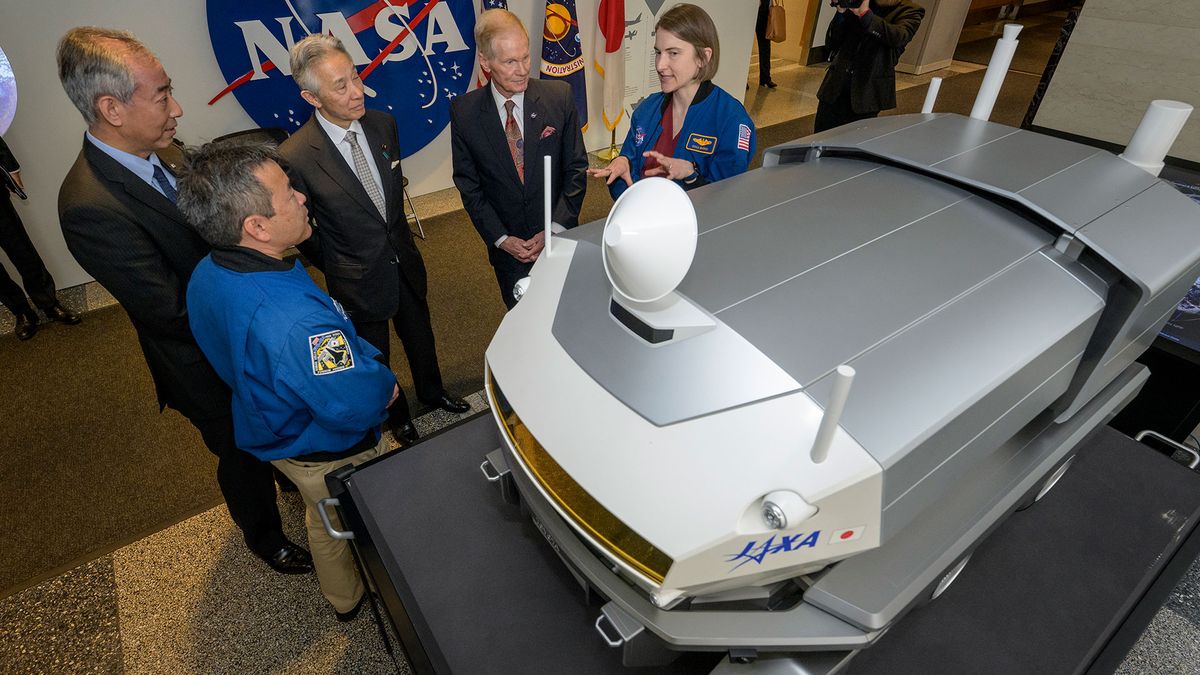The Future of Lunar Exploration: Japan’s Involvement in Moon Missions
In a historic agreement between the United States and Japan, U.S. President Joe Biden revealed an ambitious plan during a state visit by Japan’s Prime Minister, Kishida Fumio. The pact entails two Japanese astronauts participating in future American lunar missions, with one slated to become the first non-American to set foot on the moon.
Only twelve individuals, all Americans, have previously landed on the moon through NASA’s Apollo program between 1969 and 1972. However, the U.S. Artemis initiative aims to return astronauts to the lunar surface, with plans for the first landing in 2026, following Artemis 2’s mission featuring diverse crew members.
Japan’s Contribution to Lunar Exploration
The collaboration between NASA and Japan involves the development of a pressurized lunar rover by Japan Aerospace Exploration Agency (JAXA). This innovative rover, intended for scientific exploration, will enhance the Artemis program’s progress and advance humanity’s understanding of the lunar surface.
Spearheaded by JAXA and Toyota, the creation of the Lunar Cruiser — inspired by Toyota’s Land Cruiser — showcases state-of-the-art fuel cell technology, facilitating extended surface stays for astronauts. This mobile habitation unit will serve as a laboratory, living quarters, and mode of navigation during lunar expeditions.
Japan’s commitment extends beyond providing the pressurized rover; they will also oversee its operations on the moon, even in the absence of astronauts. Scheduled for deployment by NASA in 2031, the Lunar Cruiser will support various Artemis missions over a ten-year period.
Building Sustainable Lunar Presence
JAXA’s involvement underscores Japan’s dedication to fostering sustainable space exploration and cultivating scientific expertise. By complementing U.S. efforts in lunar terrain exploration, Japan aims to establish a robust partnership that propels humanity towards sustained lunar habitation.
In addition to facilitating lunar surface operations, Japan agreed to contribute to the lunar orbit Gateway program by providing essential life support systems and cargo transport capabilities. This collaborative effort signifies a significant step towards international cooperation in space exploration.
With NASA’s visionary plans and Japan’s technological prowess, the future of lunar exploration appears promising and heralds a new era of cosmic collaboration.
Image/Photo credit: source url





